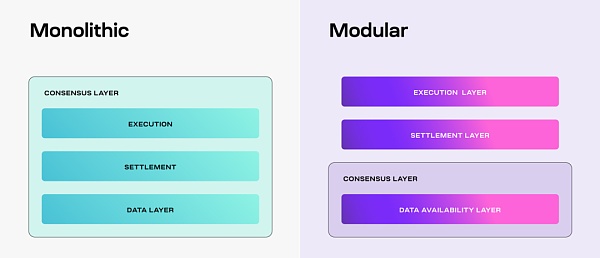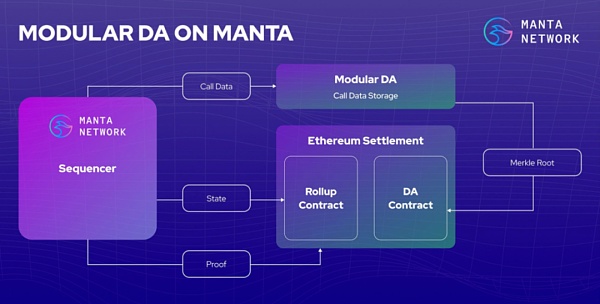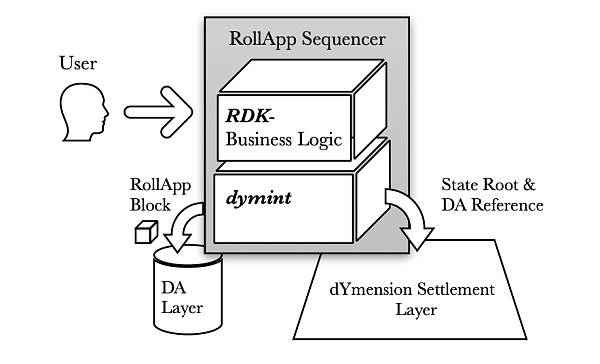After the craze for Bitcoin ETFs subsided, investors began to look for the next hot project. Before the Bitcoin halving event triggered market turmoil, many cryptocurrency observers had their eyes on Celestia.
Recently, Celestia’s token TIA has performed brilliantly, once reaching a new high. This rising trend has attracted widespread attention from investors and the cryptocurrency community.
Celestia’s native token TIA was airdropped in October 2023 and officially launched after that. Since then, the TIA token has lived up to its reputation, rising an impressive 800%. Over the past 30 days, the TIA token has been one of the best-performing digital assets, rising by more than 10% in the past week.
Celestia Lianchuang was once a feared top hacker
This rising momentum has made Celestia a hot topic among the community. However, Celestia's popularity in the cryptocurrency ecosystem also stems from the controversial background of its founder. CEO Mustafa Al-Bassam was once a core member of the hacker organization LulzSec. At that time, he was feared by the hacker pseudonym "tFlow".
LulzSec is a hacker group that was active before being arrested in 2011. They have carried out high-profile attacks on important targets such as the CIA and Sony. cyber attacks. Al Bassam demonstrated his remarkable hacking skills during that time.
Despite his early involvement in hacking-related activities, Al-Bassam later studied computer science in college and began his transformation. He is now working on building Celestia, a new modular blockchain system. His technical skills and passion for blockchain have made Celestia a high-profile project.
However, although Al Bassam has publicly acknowledged his hacking past, some are skeptical of his past and believe that his A hacker background may have a negative impact on Celestia's development and security. However, there are also those who appreciate his technical talent and understanding of blockchain, believing that his experience has brought him valuable insights and innovative thinking.
What are the characteristics of the modular Layer1 blockchain Celestia?
Celestia is a modular Layer1 blockchain focused on ordering transactions and verifying that published data is available. The core concept of Celestia is to implement a modular blockchain architecture, so that developers can get rid of the limitations of a single architecture during the development process of building a blockchain, so that developers can flexibly develop according to their needs based on Celestia .
Celestia’s modularity is divided into execution layer (Execution Layer), settlement layer (Settlement Layer) and consensus and data availability layer, as shown in the following figure:
p>

1. The execution layer
is composed of Rollups and is responsible for executing transactions. Celestia uses Rollups to provide diverse options for the execution layer. In addition to supporting Optimistic Rollup and zkRollup, rollup solutions such as dYmension, Eclipse, and Fuel built around Celestia make it possible for public chains to link Cosmos and Solana ecological projects.
2. Settlement layer
Currently worthy of attention Cevmos is the settlement layer developed by Celestia in cooperation with Evmos. It will build the recursive rollup of EVM based on Evmos. Each Rollup built on Cevmos has a two-way bridge with Cevmos, which can redeploy existing Rollup contracts and applications on Ethereum, thereby reducing the work required for application migration.
3. Consensus and data availability layer
This layer is responsible for data availability and consensus mechanism. Data in all formats will be delivered to the data availability layer. The node stores the data in the same format it received from the settlement layer. The system incentivizes nodes to store data through $TIA, and nodes use Reed-Solomon encoding and specialized Namespaced Merkle Trees data structures to ensure data availability.
What are the potential projects on Celestia?
1. Manta
Manta Network It is a modular blockchain focused on building ZK applications. It is built on OP Stack and provides a scalable and low-gas running environment for ZK Dapp. Developers can quickly build, test and deploy ZK-enabled applications simply by using Solidity and Manta Network's universal circuit SDK.

Manta Network is the first Ethereum L2 to adopt Celestia's modular data availability solution, which greatly reduces user transaction fees and developer thresholds.
2. Dymension
Dymension is using Cosmos SDK and Celestia Solutions develop a modular blockchain network designed to ensure the security and interoperability of RollApps

As shown in the figure above, Dymension adopts a modular design, including execution layer, settlement layer, consensus layer and data layer. The execution layer consists of RollApps, which handle transactions and status updates. The settlement and consensus layers are the Dymension Hub, a proof-of-stake chain based on the Cosmos SDK. The data layer is a data availability provider supported by the Dymension protocol, and currently Celestia is Dymension's data availability provider. However, subsequent developers can choose other suitable data availability providers based on their own needs.
3. Ancient8 Chain
Ancient8 Chain is An Ethereum Optimistic rollups game chain, the data availability layer uses Celestia solutions to achieve high scalability, low transaction costs, and fast transaction confirmation.
Ancient8 was originally a game guild and launched Layer 2 in 2023 focusing on games. This Layer2 is built based on OP Stack and will become OP Chain's game ecosystem in the future, attracting more game applications and users. For information about OP Chain's development plan, please read "Industry Research | A detailed explanation of Coinbase Layer2 Network Base and OP Stack".
4. AltLayer
AltLayer supports existing Rollup Solutions, such as OP Stack, Arbitrum Orbit, ZKStack, and Polygon CDK, support EVM and WASM by default. As a modular extension solution, AltLayer allows developers to quickly launch scalable blockchain networks.

As shown in the figure above, the blockchain network built based on AltLayer will process transactions in three steps: first aggregate transactions, then generate blocks, and finally verify the blocks. When verifying a block, the verifier also needs to submit transaction data to the main chain. Developers can choose three data security levels provided by AltLayer according to their own needs.
 JinseFinance
JinseFinance
 JinseFinance
JinseFinance JinseFinance
JinseFinance JinseFinance
JinseFinance JinseFinance
JinseFinance JinseFinance
JinseFinance JinseFinance
JinseFinance Sanya
Sanya Bernice
Bernice Brian
Brian Alex
Alex